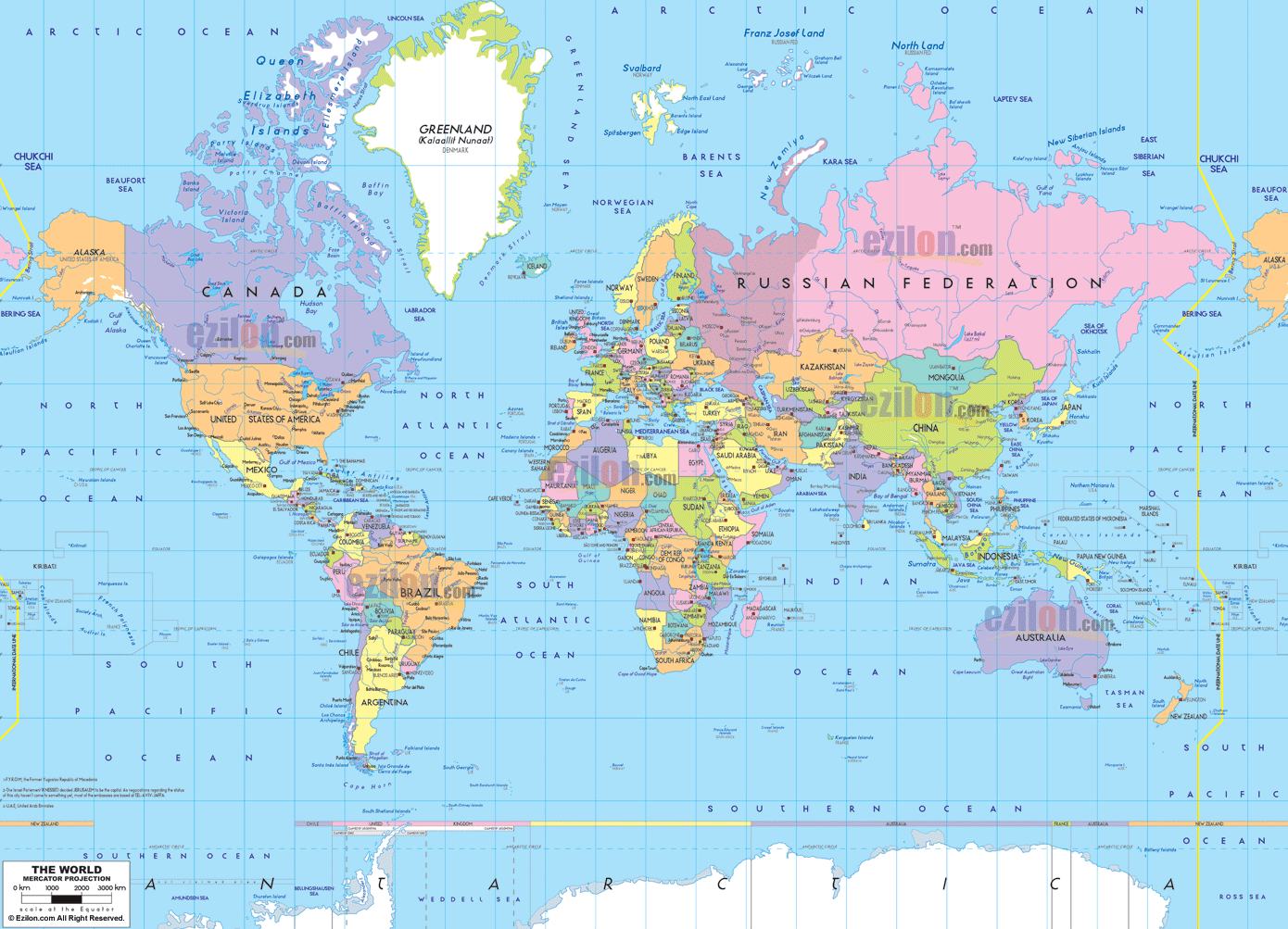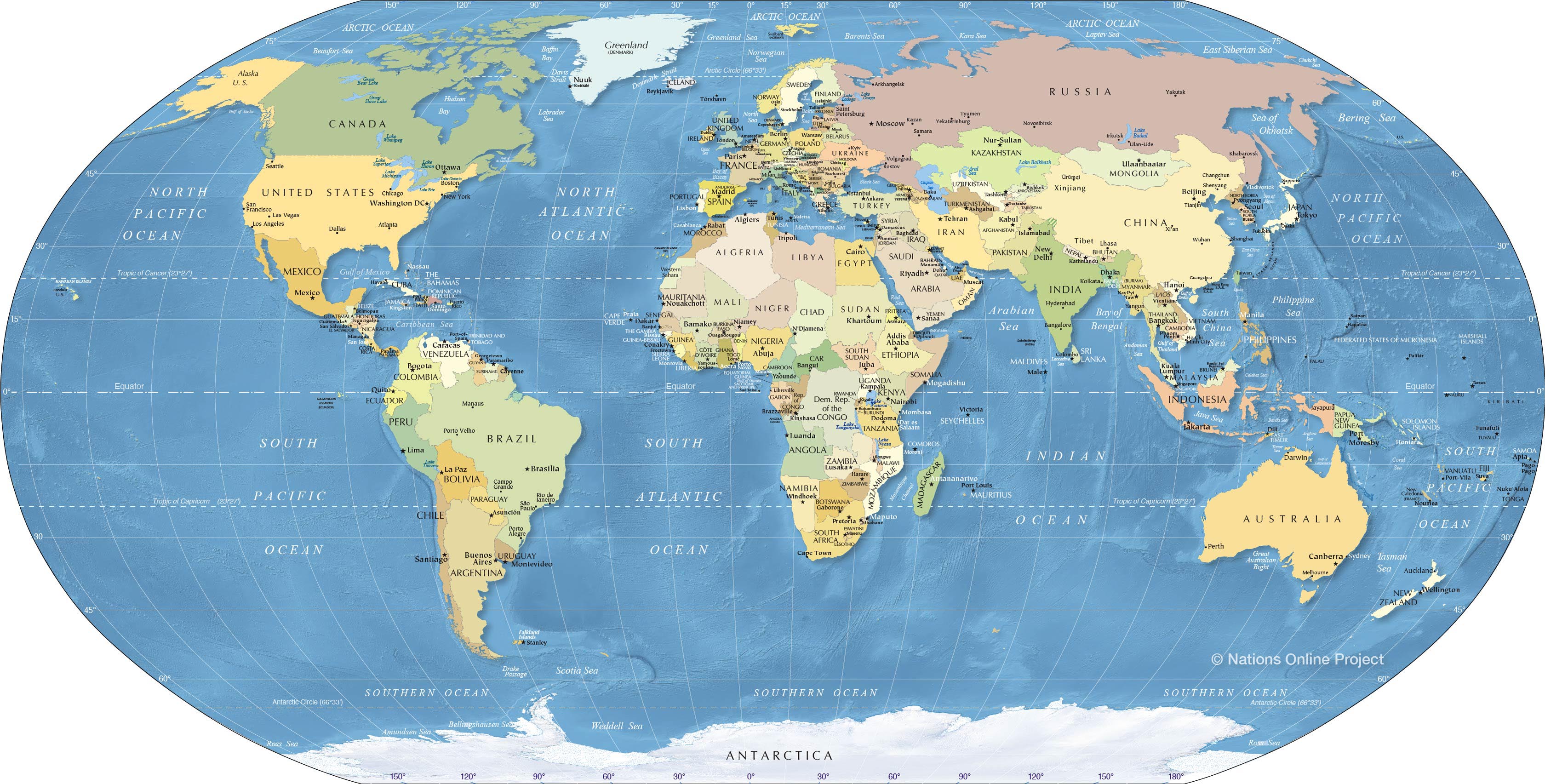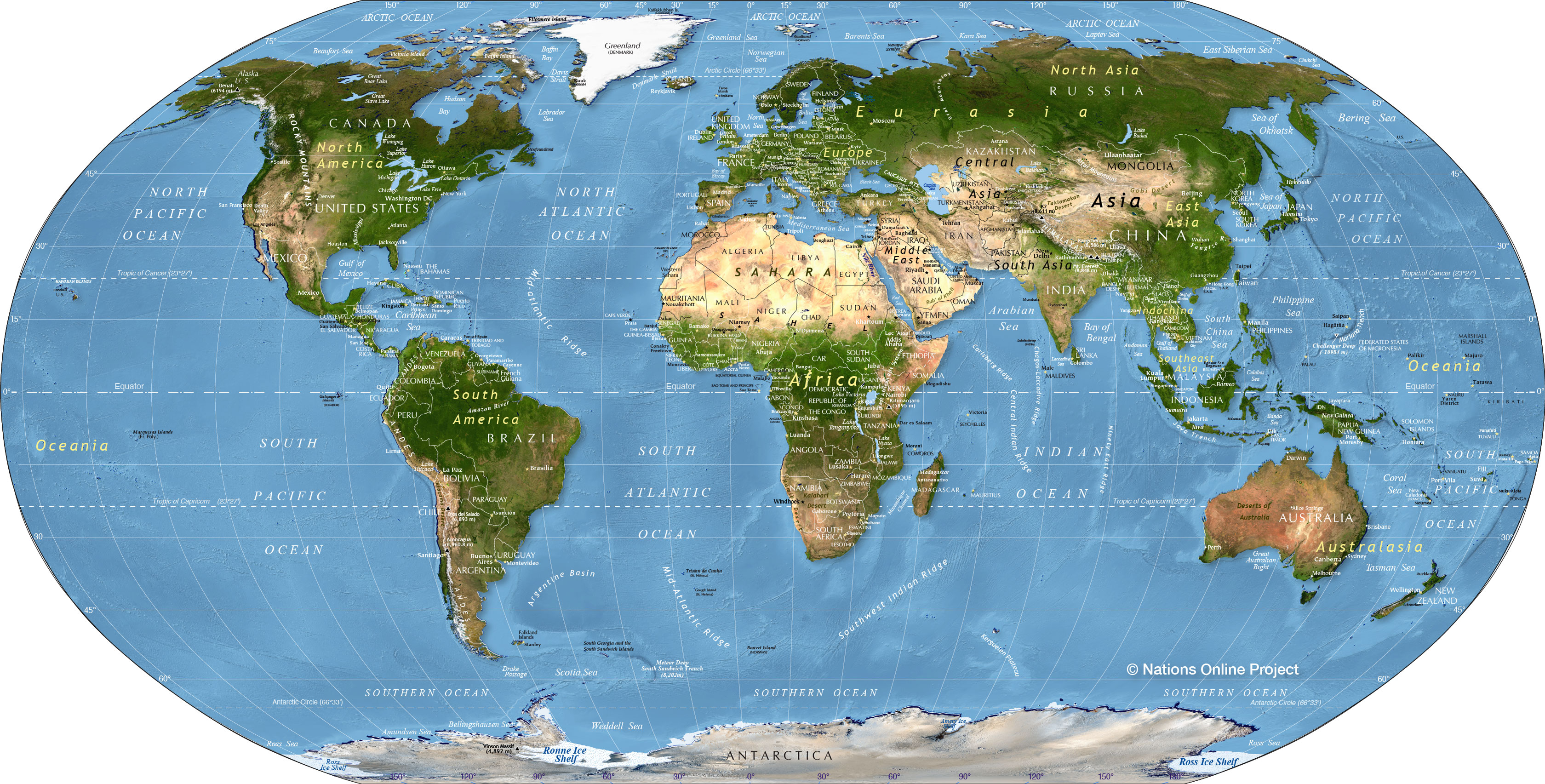Unfolding The Map Of Phantom Tollbooth: A Journey Through Wisdom's Lands
Have you ever felt a story so real, you wished you could step right into it? For many who have wandered through Norton Juster's The Phantom Tollbooth, that feeling often comes alive, too it's almost, with the book's incredible map. This isn't just a simple drawing; it's a guide, a companion, and a window into a world filled with playful puns and truly wonderful wordplay.
The map, originally illustrated by the talented Jules Feiffer, offers a visual anchor for Milo's fantastic travels. It shows the very locations accessed by that mysterious tollbooth, helping readers grasp the vastness of the Kingdom of Wisdom. You can use this visual aid before, during, or even after reading the book, which really helps bring more depth to the entire story.
It's quite fascinating, actually, to think about how this map helps us track Milo's transformation from a bored young child to someone utterly enchanted with life. The map itself is a silent storyteller, charting the path of discovery and adventure right alongside the narrative, you know.
- Average Nfl Team Age
- Knicks Vs Mavericks
- Stella Sky Nude
- Sporting Cp Vs Man City Stats
- Chesterfield Indiana Weather
Table of Contents
- The Artistic Vision: Jules Feiffer's Original Map
- A Visual Guide to Milo's Adventures
- The Enduring Legacy of Feiffer's Art
- Why the Map Matters: Beyond Just a Drawing
- Bringing the Story to Life for Readers
- A Tool for Educators and Learners
- Charting the Journey: From Boredom to Discovery
- Finding and Using the Map Today
- Editions and Resources
- Creative Ways to Explore the Map
- Frequently Asked Questions About the Map
The Artistic Vision: Jules Feiffer's Original Map
The visual world of The Phantom Tollbooth owes so much to Jules Feiffer's artistic touch. It's truly something special. He created a map of the lands beyond for the book, and this drawing is what most people picture when they think of Milo's travels. The map, you see, shows the Kingdom of Wisdom, which is that grand place where so much of the story unfolds. It's not just a picture; it's a guide that helps the reader find their way, appearing often on the endpapers of the book, which is a neat detail.
As a matter of fact, Feiffer, the artist, is still with us, doing well at 92 years old as of this writing. His long life means his artistic contributions, like this map, continue to be appreciated by new generations of readers. His original map, a black and white piece, is widely known and loved. There are even colorized and modified versions of his original work out there, showing how much people connect with his vision, you know.
A Visual Guide to Milo's Adventures
This map serves as a practical tool for anyone following Milo's adventures. It illustrates the kingdom of wisdom, providing a visual layout of the places Milo visits after driving through the phantom tollbooth. The locations accessed by the tollbooth are all there, giving a real sense of where Milo is in his strange, new world. It's a way to record the story on the map, to see the narrative unfold geographically.
- Christopher Landon Movies
- Why Did Keebler Change The Name Of Grasshopper Cookies
- Darien Whitaker Jr
- Xavier Woods Paige Sextape
- Royal Crest Dairy
When you pick up the novel again, perhaps with a copy of the map right beside you, you start to see the story in a new light. The map makes the journey feel more real, helping you picture Milo's progress. It’s like having a companion that shows you the way, helping you understand the distances and relationships between the peculiar places Milo encounters, too it's almost, which is quite helpful.
The document provides a teaching guide for 'the phantom tollbooth,' and the map is a central part of that. It helps students visualize the story's settings. The map shows the locations in the phantom tollbooth, making it easier for young readers to grasp the geography of this imaginative world. This visual aid truly adds a lot to the reading experience, making it more vivid and memorable, in a way.
The Enduring Legacy of Feiffer's Art
Jules Feiffer's artwork for The Phantom Tollbooth has a lasting quality. His map is not just functional; it's a piece of art that helps define the book's identity. The detailed black and white map from the novel is perfect for language arts lessons, showing its educational value. It's a clear example of how illustrations can truly deepen a story's impact.
The map's design, with its playful lines and curious details, mirrors the book's own cleverness. It has a timeless appeal, which is why people still seek it out. Finding a copy of the phantom tollbooth that was correctly bound so I could scan the wonderful map of the mysterious lands was a task in itself, showing how much this particular drawing is valued by readers and educators alike, you see.
This enduring appeal means that Feiffer's map continues to be a point of discussion and inspiration. It’s a classic piece of children's literature illustration. The map is often explored in academic worksheets and activity printables that go along with Litwits' free teacher's guide for the book. This shows its ongoing relevance and how it keeps inspiring creative engagement with the story, which is really something.
Why the Map Matters: Beyond Just a Drawing
The map of the Kingdom of Wisdom is far more than just a picture; it's a key part of the reading experience for many. It offers a tangible connection to the whimsical places Milo visits, making the abstract concepts of words and numbers feel more concrete. This visual aid helps readers, especially younger ones, follow the narrative flow and appreciate the journey Milo takes, you know.
It helps bring more depth to the story, allowing readers to trace Milo's steps from the Doldrums to Dictionopolis and Digitopolis, and even to the dangerous Mountains of Ignorance. The map provides a sense of scale and direction, making the fantastical world feel a little more grounded. It’s a quiet companion that helps you keep your bearings in a truly wild and imaginative place, which is quite nice.
Bringing the Story to Life for Readers
For readers, the map makes the story truly come alive. It lets you visualize locations, items, and more, as if you were creating a map inspired by a world featured in your favorite fandoms. This personal connection helps readers feel more involved in Milo's quest to bring Rhyme and Reason back to the land. It’s a very personal way to engage with the book, in a way.
The map can be used before, during, or after reading the book with your players to bring more depth to the story. This flexibility means it can serve different purposes depending on how a reader wants to interact with the narrative. It’s a way to get lost in the enchanting world of this classic tale, tracing paths and imagining the sights and sounds of each unique place, you see.
Packed full of playful puns and wonderful wordplay, “The Phantom Tollbooth” is the story of Milo, a young child who has become disenchanted with life. The map helps to show the physical representation of his emotional and intellectual journey. It’s a visual representation of how he moves from boredom to curiosity, and then to a deeper understanding of the world around him, which is pretty neat.
A Tool for Educators and Learners
Educators find the map to be a truly valuable resource for teaching *The Phantom Tollbooth*. It provides a clear visual for students to track the story's progression. For example, on this text box map, students fill in the main event and supporting details, which helps them process the story’s plot. Then they are invited to draw around the outside of the text box to capture an idea of their choice, making it a very creative exercise.
There are many resources available, including those on Teachers Pay Teachers, a marketplace trusted by millions of teachers for original educational resources. These resources often include blank maps that students can use to map out the travels of the characters. This makes the learning process more interactive and engaging, allowing students to really connect with the story on a deeper level, you know.
This document provides a teaching guide for 'the phantom tollbooth,' including ways to analyze the phantom tollbooth characters with Storyboard That. The map can be used alongside these tools to help students understand the roles and relationships of the characters and how they contribute to the plot. It’s ideal for kids book club activities, 6th grade reading, and summer school writing programs, which is rather versatile.
Charting the Journey: From Boredom to Discovery
Milo's journey begins with him feeling utterly bored, finding nothing better to do. The magic tollbooth and the map offer him a path out of that dull state. He walked across the room and dusted the car off carefully, then, taking the map and rule book with him, he hopped in and, for lack of anything better to do, drove slowly up to the tollbooth. This simple act starts his big adventure, you see.
The map becomes a symbol of the adventure itself, a promise of places to go and things to discover. It shows the path from the everyday to the extraordinary. As Carol Kendall wrote in 2000, "a handful of minnipins, a sober and sedate people, rise up against the periods, the leading family of an isolated mountain valley and are exiled to a mountain where they..." This detail, too it's almost, hints at the specific locations and conflicts that Milo might encounter on his mapped journey.
The map guides Milo, and by extension, the reader, through a series of challenges and encounters that help him appreciate the value of words, numbers, and curiosity. It's a visual representation of how he moves from a state of disinterest to one of active engagement with the world. The road goes ever on and on, down from the door where it began, and the map shows every twist and turn, which is quite comforting.
Finding and Using the Map Today
Finding a copy of the map from The Phantom Tollbooth can be a fun quest in itself. Many editions of the book include Jules Feiffer's original map on the endpapers, just as it was intended. Sometimes, you might have to hunt around to find a copy of the phantom tollbooth that was correctly bound so you could scan the wonderful map of the mysterious lands. It's a cherished part of the book's presentation.
Beyond the book itself, the map exists in various forms for educational and creative uses. You can browse phantom tollbooth map resources on Teachers Pay Teachers, which offers many options. These resources include different versions, like two color versions (one with green fabric and one with white for easier visibility), as well as a version with symbols and a backstitching only version. This variety makes it easier for different learning styles and activities, you know.
You can also find digital versions of the map. For instance, there's a map of the phantom tollbooth world, colorized and modified from Jules Feiffer's original version, available online. Exploring an old map with some writing on it from the beloved fantasy book 'the phantom tollbooth' is a way to truly connect with the story. It’s a piece of history that continues to inspire.
Editions and Resources
When looking for the map, checking different editions of the book is a good idea. The 1961 original publication, with illustrations by Jules Feiffer, typically features the map. Newer printings usually keep this tradition alive. The map is a consistent element that helps readers visualize the story's settings, making it a familiar sight for long-time fans.
Beyond the physical book, many educational materials incorporate the map. This resource contains 10 unique ways to engage young learners as they read the play version of the phantom tollbooth. This bundle offers more than a 50% savings for most of my phantom tollbooth resources, showing the value placed on these teaching aids. The map is a central visual for many of these activities.
You can also find character maps for Norton Juster's The Phantom Tollbooth, which help learn the roles and relationships of the characters. These often complement the geographical map, giving a fuller picture of the story's elements. You can even find flip PDFs like "phantom tollbooth" to download for free, which might include digital versions of the map or related activities, you see.
Creative Ways to Explore the Map
The map isn't just for looking at; it's a springboard for creativity. Students can use the blank map to map out the travels of the characters, making their own interpretations of the journey. This is a fun and creative way for students to map chapters or the entire book with a word search based on setting, combining different learning styles. It’s a very hands-on approach.
You could start by creating a map inspired by a world featured in your favorite fandoms, then add custom markers and categories to visualize locations, items, and more. This encourages imaginative play and deeper engagement with the story's geography. It's a way to make the map truly your own, adding personal touches and ideas, which is really cool.
Eastlake Drama presents “The Phantom Tollbooth” this spring, and Eastlake High School’s drama department will bring the beloved children’s story to life. For a stage production, the map can serve as inspiration for set design or as a prop, helping the audience understand the different settings. It's a versatile visual that can be used in so many different ways, apparently.
Frequently Asked Questions About the Map
Where is the map in The Phantom Tollbooth?
The map of the lands beyond, illustrating the kingdom of wisdom, typically guides the reader from its place on the endpapers of the book. So, when you open a copy of The Phantom Tollbooth, you'll often find this wonderful drawing right there at the very beginning or end, which is a nice touch. It's meant to be a constant companion as you read, offering a visual reference point for Milo's travels, you know.
Who drew the map for The Phantom Tollbooth?
The original map for The Phantom Tollbooth was drawn by Jules Feiffer. He is the talented illustrator who brought so much of the book's visual charm to life. As of this posting, Feiffer is still alive and well at 92 years old, and his distinctive style truly shaped how readers picture Milo's world. His work is recognized for its playful and imaginative qualities, which fit the story perfectly. Learn more about Jules Feiffer's work.
What are the main locations on the Phantom Tollbooth map?
The map primarily shows the Kingdom of Wisdom, which contains the various locations accessed by the tollbooth. While the specific names of all places aren't listed in "My text," the map generally depicts key areas like the Doldrums, Dictionopolis (the city of words), Digitopolis (the city of numbers), and the Mountains of Ignorance. It also shows the path Milo takes through these places as he seeks to bring Rhyme and Reason back. You can Learn more about the fantastic settings on our site, and also find details about the different regions Milo visits.
- Palworld Prepare For Next Update
- 2026 Honda Prelude
- David Jonsson Nude
- Auroral Garden Minecraft
- Top 8 Mtg

Map of the World With Continents and Countries - Ezilon Maps

World Map - Political Map of the World - Nations Online Project

World Map - A Physical Map of the World - Nations Online Project